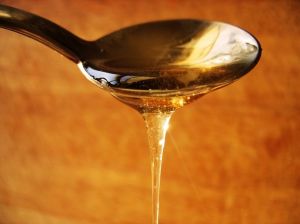Welcome to Natural Remedy Resources
Natural Remedy Article

Not Now, I Have A Headache
from: Doug Smith Copyright 2005 by Doug Smith
Home Remedies - Facts or Quacks?
That's what I recently asked myself. Myths and legends often
have their basis in a grain of truth. So I wondered if home
remedies, alternative treatments, and folklore cures might
also be based on truth. A little research provided this
unusual perspective on one of our most frequently-used
medicines.
Barking Up The Wrong Tree?
Not if it's a willow tree! Chewing on willow bark to reduce
fever and inflammation dates back to the time of Hippocrates
(400 BC). Willow bark was used as a medicine in China and
Europe for centuries because of its ability to relieve pain
and lower fever. Early American settlers even found Native
Americans gathering bark from willow trees to treat the same
conditions.
What's So Special About Willow Bark?
Willow trees, including the white, black, purple and violet
species, contain a chemical called salicin. Chewing or pulping
this bark releases the salicin, which the body converts to
salicylic acid. Salicylic acid is still used today to treat
fevers, decrease inflammation, and even help heart disease.
There's no need to gnaw on a tree like a beaver every time you
have a headache. Today this chemical is produced synthetically
as acetylsalicylic acid. Perhaps you know it by its more
common name...
Aspirin!
That's right - centuries of chewing on willow bark led to
the creation of one of our most widely-used medicines: aspirin.
This is definitely one home remedy I would classify as a fact,
not a quack.
It makes me wonder though: how many trees did they have to
chew on before they found the right one?
(You may reuse this copyrighted article provided no content
is changed - other than line length - and the author's box is
intact. All links must be active hyperlinks or made active.)
================================================================
Doug Smith is a Chemical Engineer and the webmaster of
http://www.SuperHomeRemedies.com You get free & natural home
remedies for fungus, lice, acid reflux, cold sores, yeast & more
at Home Remedies
Stay up to date with our Home Remedy News Blog at Home Remedies News
================================================================
About the Author
Doug Smith is a Chemical Engineer and the webmaster of
http://www.SuperHomeRemedies.com You get free & natural home
remedies for fungus, lice, acid reflux, cold sores, yeast & more.
 |
 |
